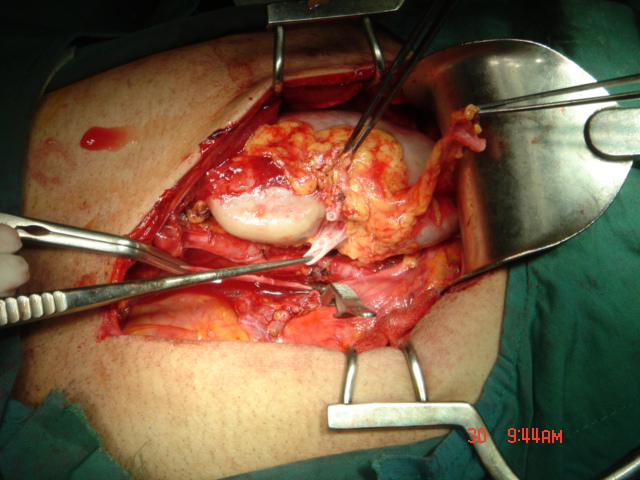 Liver transplantation has become an accepted treatment for patients with end-stage (advanced) liver disease of various types (for example, chronic hepatitis B and C, alcoholic cirrhosis, primary biliary cirrhosis, and sclerosing cholangitis). Survival rates for these patients without liver cancer are 90% at one year, 80% at three years, and 75% at five years.
Liver transplantation has become an accepted treatment for patients with end-stage (advanced) liver disease of various types (for example, chronic hepatitis B and C, alcoholic cirrhosis, primary biliary cirrhosis, and sclerosing cholangitis). Survival rates for these patients without liver cancer are 90% at one year, 80% at three years, and 75% at five years.Moreover, liver transplantation is the best option for patients with tumors that are less than 5 cm in size who also have signs of liver failure. In fact, as one would expect, patients with small cancers (less than 3 cm) and no involvement of the blood vessels do very well. These patients have a less than 10% risk of recurrent liver cancer after transplant. On the other hand, there is a very high risk of recurrence in patients with tumors greater than 5 cm or with involvement of blood vessels. For these reasons, when patients are being evaluated for treatment of liver cancer, every effort should be made to characterize the tumor and look for signs of spread beyond the liver.
There is a severe shortage of organ donors in the U.S. Currently, there are about 18,000 patients on the waiting list for liver transplantation. About 4,000 donated cadaver livers (taken at the time of death) are available per year for patients with the highest priority. This priority goes to patients on the transplant waiting list who have the most severe liver failure. As a result, in many liver cancer patients, while they are on the waiting list, the tumor may become too large for the patient to benefit from liver transplantation. Doing palliative treatments, such as TACE, while the patient is on the waiting list for liver transplantation is currently being evaluated.
The use of a partial liver from a healthy, live donor may provide a few patients with liver cancer an opportunity to undergo liver transplantation before the tumor becomes too large. This innovation is a very exciting development in the field of liver transplantation.
As a precaution, doing a biopsy or aspiration of liver cancer should probably be avoided in patients considering liver transplantation. The reason to avoid needling the liver is that there is about a 1-4% risk of seeding (planting) cancer cells from the tumor by the needle into the liver along the needle track. You see, after liver transplantation, patients take powerful anti-rejection medications to prevent the patient's immune system from rejecting the new liver. However, the suppressed immune system can allow new foci (small areas) of cancer cells to multiply rapidly. These new foci of cancer cells would normally be kept at bay by the immune cells of an intact immune system.
In summary, liver resection should be reserved for patients with small tumors and normal liver function (no evidence of cirrhosis). Patients with multiple or large tumors should receive palliative therapy with intra-arterial chemotherapy or TACE, provided they do not have signs of severe liver failure. Patients with an early stage of cancer and signs of chronic liver disease should receive palliative treatment and undergo evaluation for liver transplantation.
|
Bookmark this post:
|
|

0 comments
Post a Comment